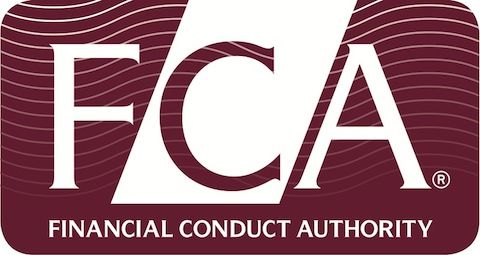
While average house prices in England have risen by 77% since 2012, the latest data analysis from Search Acumen indicates a similar trajectory for annual property transaction volumes, almost doubling in a decade from 714,000 to over 1.3m
Search Acumen suggests the market boom has had “a surprising effect” on conveyancer volumes, in which active firms have incrementally decreased in number year-on-year.
Data shows that there has been a 10% decline across the decade.
The latest Conveyancing Market Tracker (CMT) finds that the squeeze on solicitors is most felt in average caseloads, jumping by 79% in 10 years.
Although levels of active firm numbers stabilised to around pre-pandemic levels in Q4 last year, they remain significantly down on 2012, from 17,855 to just 16,138 now.
The CMT shows that the top 200 firms were responsible for almost two in five transactions in Q4 (39.5%), compared with 36.5% 10 years earlier in Q4 2012.
Search Acumen says it shows that in a challenging market, it is the firms with deeper pockets allowing investment in technology and people taking more market share.
Comparing year-on-year, the tracker reports that the top 50 firms accounted for 20.5% of all transactions in Q4.
This compares with 19.3% in Q4 2021, in which 1% is equivalent to an extra 3,000 transactions at current levels of market activity.
In comparison, activity for firms outside the top 1,000 decreased, accounting for 24.6% of all transactions in Q4, compared with 25.9% a year earlier.
While across the decade the market tracker shows transaction volumes have increased, looking at a more recent history the total volume of transactions across the last quarter of 2022 falls roughly in line (+1%) with activity in the same period in 2021.
Search Acumen says indicates that things might be levelling off.
The average number of quarterly transactions for all firms has decreased by 4% from the previous quarter, from 80 to 77.
However, it is a similar figure when compared to a year ago when firms averaged 76 transactions in Q4 2021.
According to Landmark Information Group, average residential transaction times are getting longer, taking an average of 132 days up from 82 days in 2007.
As consumer confidence hangs in the balance against an uncertain outlook for UK house prices, Search Acumen says this may have an impact on transacting numbers for conveyancers in the months ahead.
It predicts things are unlikely to continue in this upward trajectory, as wider economic factors take the heat out of 2022’s boom.
Search Acument director Andy Sommerville says: “It’s been an unprecedented decade of pressure on the conveyancing sector, which culminated in the extreme levels of market activity during the pandemic and post-pandemic period.”
“With transaction volumes rising while firm numbers have consistently fallen, this has obviously created new commercial opportunities, but equally put huge strain on lawyers to meet the needs of the market through some of the most challenging years we’ve ever seen.”
“We cannot underestimate how critical the UK conveyancing sector has been in keeping the property sector going, with lawyers going above and beyond, putting themselves at risk of burnout to meet the needs of their clients. Beyond conveyancing, the result of these efforts will have been a contribution to the UK economy that similarly cannot be overlooked or overstated.”
“Looking back on the last ten years, we have to recognise the incredible contribution of conveyancers first and foremost. But, we equally need to understand that a decade of rapid technological advancement has built new resilience and put the sector in a position to thrive, even in the most challenging of contexts.”
“Over the last 10 years, we have seen increasing adoption of digital solutions and processes, analytics, big data and transformative tech like AI and ML. Without these technologies the market’s performance, especially during the pandemic, might have been markedly different.”
“Similarly, the ability of the sector to grow and deal with future challenges in the decade to come will depend on further technological innovation that supports the expertise and commitment of legal professionals, drives operational efficiencies, and reduces costs for firms and their clients.”



